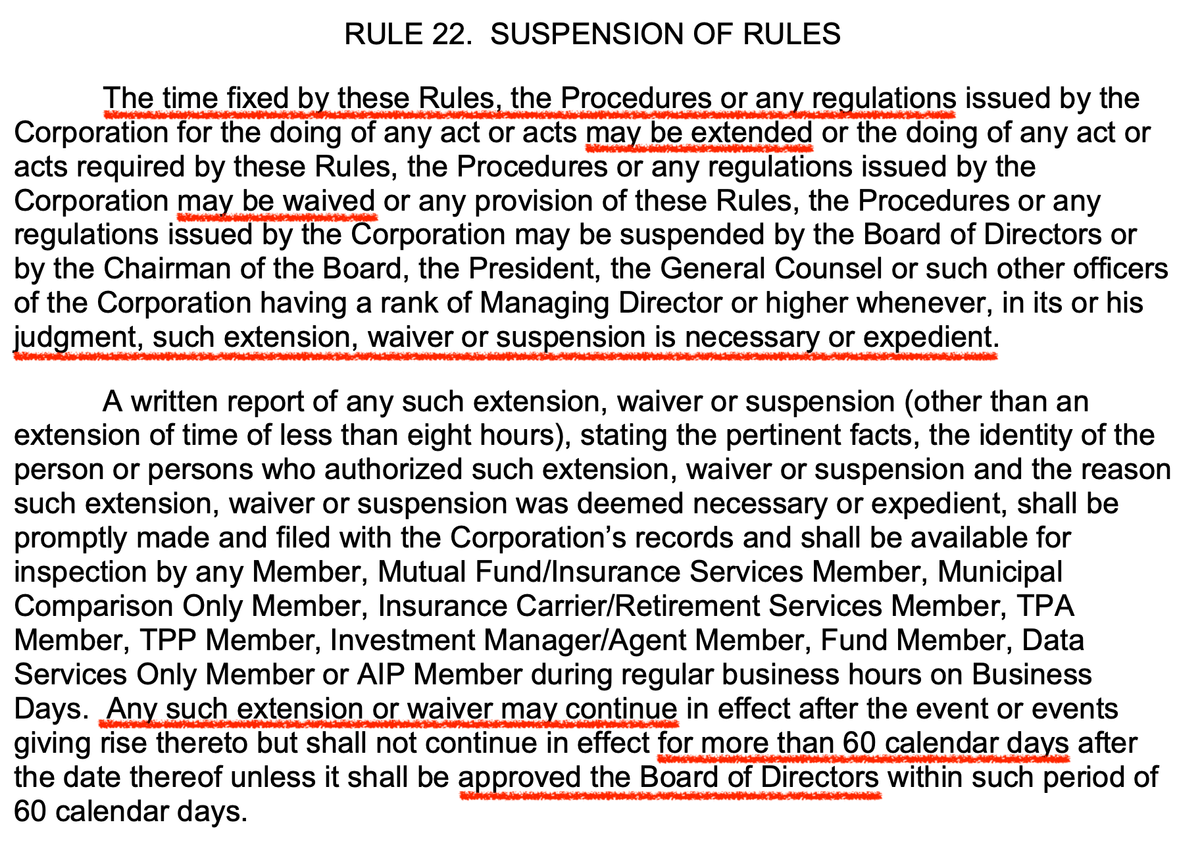Gary Gensler: "We must build upon the work of the Hedge Fund Working Group. That means looking at large, interconnected, highly-levered hedge funds, associated repo markets for financing, the prevalence of low to 0 haircuts in such funding..."
Gary Gensler: "We must build upon the work of the Hedge Fund Working Group. That means looking at large, interconnected, highly-levered hedge funds, associated repo markets for financing, the prevalence of low to 0 haircuts in such funding, & the extension of leverage from banks & prime brokers."
Remarks before the Financial Stability Oversight Council Financial Stability Risks & Guidance on Nonbank Determinations

source: https://www.sec.gov/news/speech/gensler-remarks-fsoc-042123
Good morning, Secretary Yellen. I want to thank the Council, the staff, and you for developing today’s guidance on non-bank determinations, which I am pleased to support.
History is replete with times when tremors in one corner of the financial system or at one financial institution spill out into the broader economy.
Such risks can originate from the banking sector. The events of the last six weeks are yet another reminder of this. Such risks, though, also can originate from outside of the banking sector.
Early in my public service career—25 years ago in fact, when I was serving at the U.S. Department of the Treasury—I witnessed up close such an event.
I was asked by then-Secretary Rubin to fly up to Connecticut on a fateful weekend to visit the highly levered hedge fund Long Term Capital Management (LTCM), which was about to fail. Subsequently, I was asked to staff the President’s Working Group review of the matter. We found that the event “highlighted the risks of excessive leverage, and the possibility that problems at one financial institution could potentially pose risks to the financial system as a whole.”[1]
The 2008 financial crisis, much greater in magnitude, was yet again an example of systemic risk emanating out from both the banking and non-bank sectors alike. Lest we forget, millions of people lost their jobs and small businesses had to shutter.
In response, Congress set up this interagency council, tasked with important authorities and mandates to better guard against systemic risk. Recognizing that risk from both banks and non-bank financial companies can emanate throughout the economy to everyday Americans, Congress tasked this Council to designate which non-bank financial entities were systemically important financial institutions (SIFIs). Such designation would subject them to regulation and supervision by the Federal Reserve.
I was honored, nearly 13 years ago, to serve on the first Council, including when we considered and later approved in 2012 the initial rule implementing these procedures.
As I said when we approved that rule: “Effective regulation of systemically important nonbank financial entities is essential to preventing risk from such entities from spreading to the U.S. economy. … This rule helps protect taxpayers from picking up the bill for such a financial entity’s failure.”[2]
I’m pleased to support today’s recommendation, which would reinvigorate this Council’s designation process—in line with Congress’s vision for our work.
As important as today’s step is, I believe each of our agencies have important roles within our respective authorities to enhance the resiliency of the financial system. At the SEC, we’re working along with fellow Council members to do just that—enhancing the resiliency of the U.S. Treasury markets, money market funds, open-end funds, private funds, clearinghouses, dealers, and with regard to cybersecurity. We also adopted a rule to shorten the settlement cycle in securities markets in half.
Lest we forget the risks posed by the near-collapse of LTCM in 1998, we also must build upon the work of the Hedge Fund Working Group. That means looking at large, interconnected, highly-levered hedge funds, the associated repo markets for financing, the prevalence of low to zero haircuts in such funding, and the extension of leverage from banks and prime brokers.
Those events 25 years ago also impressed this upon me: Though we’re never going to get rid of risk in the system, we must best identify, manage, and guard against such risk to protect the American public.
Today’s guidance is a step towards doing that, helping us better protect people’s jobs, livelihoods, and trust in our financial system.



